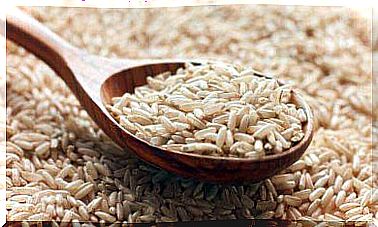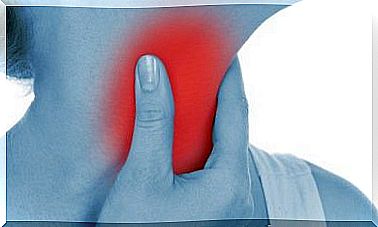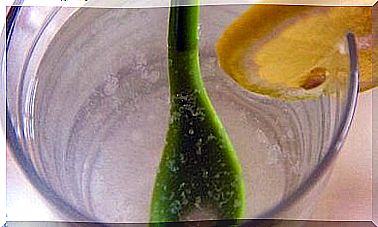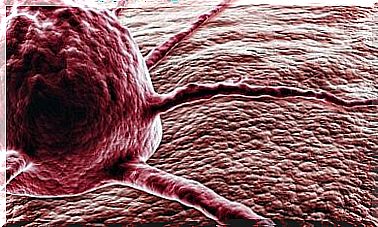Scientifically Researched: The Negative Effects Of Soda On Your Body

Several studies have shown the possible negative effects of soda. These carbonated drinks can cause a lot of problems in your body.
After all, these products contain all kinds of chemicals and artificial colors that could pose a risk to your health.
In this article, we discuss 6 potential negative effects of soda on various organs.
6 possible negative effects of soda
1. The Effects Of Soda On Your Liver
A 2010 study published in the World Journal of Gastroenterology found the link between excessive soda consumption and fatty liver disease.
Specialists attribute the negative effect on the liver to the fructose in soft drinks. Through the chemical processing of our body, this substance could make the liver fat. That’s why it’s generally a good idea not to overdo your fructose intake.
The researchers also noticed that patients with fatty liver drank about 4 to 5 glasses of soft drink a day. To keep your liver healthy, it’s better not to go over that limit. Ideally, you simply avoid soft drinks.
Your daily sugar consumption should not exceed 25 grams per day. That’s about 6 teaspoons for women, and 9 for men.
However, a glass of cola already contains more than 20 grams of sugar. And of course you haven’t even eaten yet. Various products increase your sugar intake even further, such as:
- cookies
- sweets
- fruit
2. The Effects Of Soda On Your Kidneys
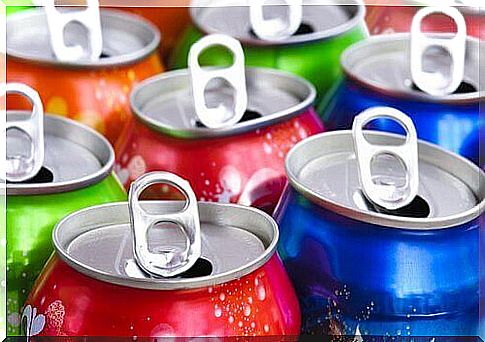
A 2010 study from the American Society of Nephrology states that the phosphorus in these carbonated drinks may worsen chronic kidney disease.
Together with other health authorities, the AZ Sint-Lucas in Ghent warns that phosphoric acid would also increase the risk of kidney stones.
In addition, this body again points to the high sugar content in soft drinks, which can be particularly negative for people with weight problems. That brings us to the next point.
3. The relationship between soda and obesity
A lot of research has been done on the relationship between soft drinks and obesity. In 2010, Physiology & Behavior published an article in which the researchers argued that the obesity epidemic paralleled the rising consumption of soft drinks.
That makes sense: drinks like Coke are particularly high in calories, and two glasses are already good for about a fifth of your daily calorie intake (if you have a daily total of 2000 kcal).
In the aforementioned article, the researchers highlighted evidence from other studies. For example, they pointed out that a population who drank one glass or more of soda a day for four years was up to 37% more likely to develop obesity.
4. Negative Effects on Your Teeth
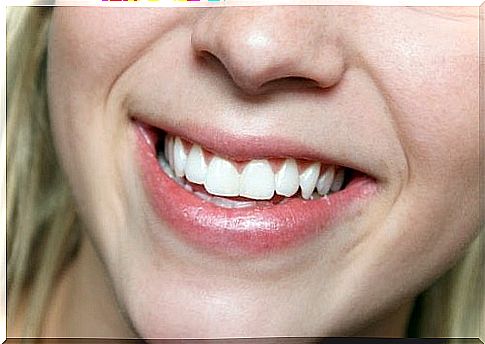
One of the negative effects of soda is that your enamel deteriorates. As a 2006 Journal of Dentistry article describes, this is due to its high acidity and low pH. When the pH of your enamel falls below 5.5, erosion is already taking place.
In addition, the sugars in soft drinks cause organic acids to form in the mouth, which have a demineralizing effect, which can eventually lead to cavities.
It is important to mention that the research also mentions that soft drink manufacturers are constantly researching to develop soft drink formulas that are less harmful to the teeth.
In addition, the link between cavities and sugar intake has been greatly weakened in recent years, thanks to increased exposure to fluoride. Still, according to the researchers, it remains the most important to watch your sugar intake preventively. The message is clear!
5. The Effects Of Soda On Your Bones
In 2010, Harvard Medical School discussed the theory that phosphoric acid in soda can cause your bones to absorb less calcium.
This would of course be the most dangerous for babies, because their bones still have a lot to grow and are therefore naturally more vulnerable. On the other hand, it makes sense to us that you should never give a baby soda! However, this does happen in some other countries.
Fortunately, it’s a myth that carbonated drinks can directly lead to a greater risk of conditions such as osteoporosis. However, some soft drinks contain caffeine, which may be associated with reduced calcium absorption.
Some experts would argue that the negative effect on the bones is simply an indirect result of the fact that people who drink a lot of soda often leave alternatives with calcium such as milk. In any case, more research seems to be needed.
6. The relationship between soda and cardiovascular problems

The 2010 study mentioned earlier in the World Journal of Gastroenterology also discussed the link between soda intake and metabolic syndrome.
This condition may not directly affect the heart, but over time it can cause diseases such as diabetes due to insulin resistance. The syndrome is also often accompanied by elevated blood pressure.
It is interesting to note that there is a direct link between the risk of high blood pressure and soft drink intake. An example of a study investigating this connection was published in 2014 in the American Journal of Clinical Nutrition.
Additional information about the colorants in soft drinks
Soft drinks get their attractive color thanks to various added dyes. However, these dyes are said to have a variety of negative health effects, from asthma to an increased risk of cancer.
1. Caramel dye
Caramel coloring gives a dark tint to brown colored soft drinks. The color can be obtained, among other things, by mixing sugar with nitrates and sulphides under high pressure.
A 2015 study by PLoS ONE has shown the possible link between caramel coloring and an increased risk of cancer. The study states a cancer risk of 1 in 100,000 people.
That number in itself seems insignificant, but the areas where soft drink consumption is very high, such as the United States, obviously have a much larger population.
The researchers therefore logically call for intervention by the US government and the FDA (the agency that controls food and medicines) to minimize the exposure of the population to these carcinogens.
NB. In the US, partly different dyes are used than in Europe.
2. Carminic Acid
Carminic acid or E120 gives a red tint to various drinks. As early as 1998, the European Journal of Allergy and Clinical Immunology reported that carminic acid could trigger asthma and allergic reactions.
3. Tartrazine
Tartrazine or E102 provides a yellow color. In 2007, the French government supported a study into the negative effects of this substance. The study was published in Regulatory Toxicology and Pharmacology .
The researchers mentioned that the risk of intolerance to this substance was not yet considered serious at the time. However, people with an intolerance to tartrazine can already have negative reactions if they take less than a milligram. These include problems such as asthma, skin rashes, or an irritated nose.
Conclusion
Commercial soft drinks may carry some risks, but that doesn’t mean you have to cut all sugary drinks from your diet.
However, it’s a good idea to keep an eye on your intake of sugar and other chemicals, as your body’s balance can quickly get upset.
When in doubt, as always, we recommend that you consult a doctor.

